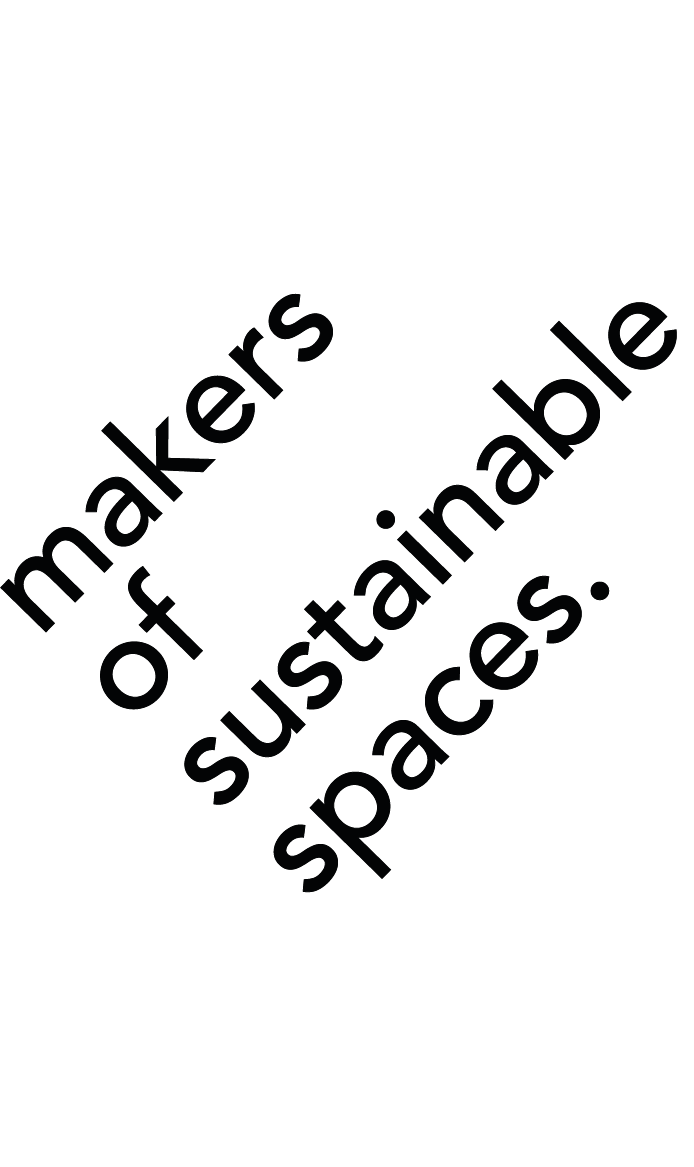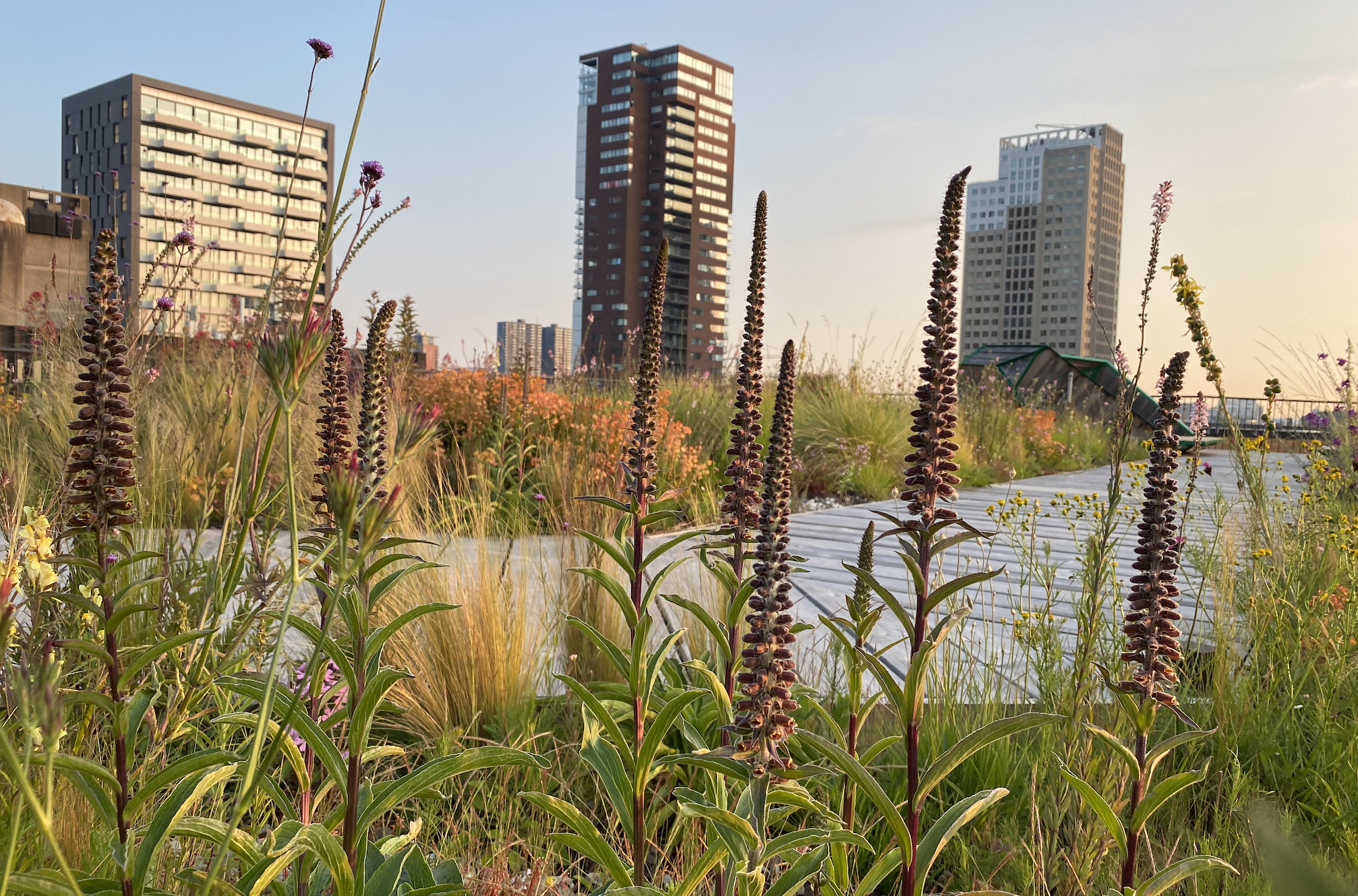

17 Jul Cityscape Design: Insights on Contextualized Landscape Design
Author: Lauryn Burnes
Keywords: Sustainable Urban Landscapes, Landscape Architecture, Native Species in Urban Design, Contextualized Landscaping, Urban Biodiversity, Ecological Succession, Green Design, Environmental Sustainability, Landscape-Based Urbanism, Urban Planting Schemes, Green Urban Development, Adaptive Landscape Design
Introduction: Contextualizing Green Spaces
MOSS specializes in both indoor and outdoor green design, so when it comes to designing for an urban ‘hardscape’, we like to employ the opinions of other experts in landscape architecture. In conversation with two such experts, Steffen Nijhuis and Arjan Boekel, this blog explores the importance of considering the original context of a site when developing a landscape design. To ensure a biodiverse, long-lasting design, both experts agreed that it is essential to consider factors like the natural landscape and native species of an area. This creates a landscape design that is not only ornamental, but sustainable and environmentally responsible.
Our discussion also recognized the balance between adaptation and mitigation when it comes to designing green spaces on developed cityscapes. Adapting to a space means creating a design that is conscious of native species and natural landscapes, while mitigating means incorporating non-native and functional features that may not be ‘natural’ but are beneficial for local people and ecosystems. Essentially, it is about balance—adapting to and mitigating the original landscape to integrate what was and what is.
Background: Interviewees
PROF. STEFFEN NIJHUIS
Prof. Steffen Nijhuis is an internationally experienced academic, designer, project leader, and author of award-winning publications. By training, he is a landscape architect and a gardener who specializes in landscape-based urbanism, sustainable urban landscape development, designing with nature, designing heritage landscapes & gardens, and digital landscape architecture. Nijhuis pursued this field because he recognizes that “landscape is the basis for social and ecological inclusive and healthy urban development and entails design with nature, people and history throughout the scales.” He is currently a Professor of Landscape- Based Urbanism and Head of the Section of Landscape Architecture at Delft University of Technology.


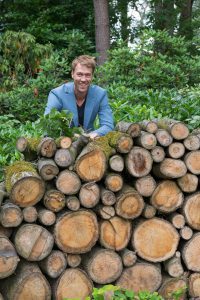

ARJAN BOEKEL
Arjan Boekel is also a landscape and garden architect, and has been for about 15 years. He is also an essential team member of Coöperatie De Bloeimeesters, a collaboration of plant specialists based in the Netherlands. They share the goal of designing outdoor environments that ground people by providing contact with nature and with seasons. When it comes to landscape design, Arjan believes that “from heat stress to rainwater issues, from pollution to loss of habitat and biodiversity; urban greenery plays a key role in improving our urban environment,” and thus it is essential to create spaces that are functional and beneficial for both humans and nature.
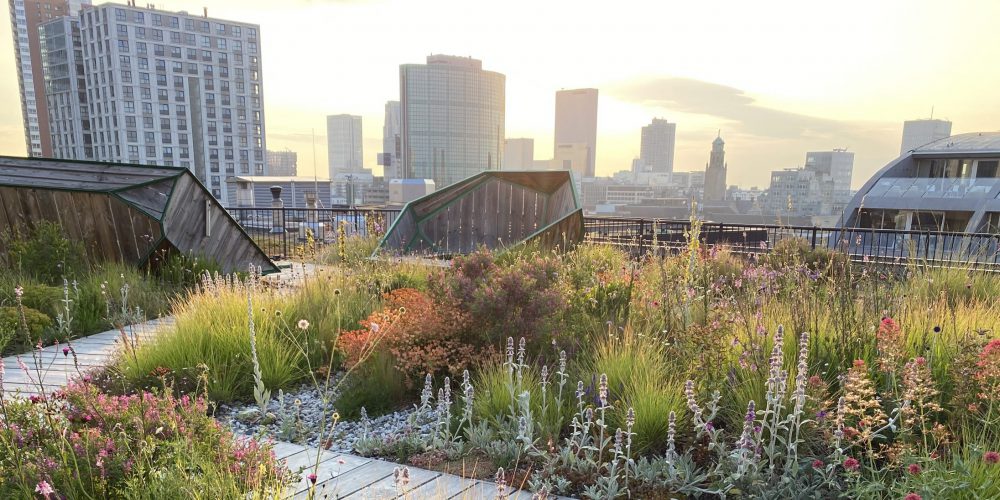

Part I: Considering Natural Landscapes
A landscape, as defined by Prof. Nijhuis, is the result of the action and interaction of humans with their natural environment. This means a landscape has an ecological component, which is dictated by the way nature developed prior to human interference, as well as a sociocultural component, which is shaped by the presence of people and human development over time. Therefore, when developing a landscape design for urban transformation, one must consider both aspects that make up a landscape— the ‘original’ natural context, as nature intended it to be, as well as the ‘developed’ context, as people have altered and interacted with it.
“When designing an urban landscape,
one must consider both the ‘original’ as nature intended, and the
‘developed’ as people have interacted with it.”
Because cities have been populated so densely for so long, and they’ve been built upon and altered greatly. But when looking closely, there are clues that indicate the original abiotic condition of the landscape as reflected by the water systems, ecosystems, and climatic conditions. These conditions are built upon by humans throughout the centuries, resulting in historical patterns often visible in the ‘urban tissue’—elements such as the parcellation structure, patches of vegetation, and water management systems (canals, plumbing, etc.). By considering these aspects of landscape, a designer can understand the possibilities and limitations imposed by the relief, soil, water, microclimate, and other features which will determine the longevity and sustainability of an urban landscape design.
Adaptation and Mitigation
In a similar sentiment to Nijhuis, Mr. Boekel explained that when developing a landscape for an urban setting, “there is never a real clean slate. Even on a roof or totally built-up hardscape, you have site-specific elements and context. It’s about finding the right mix between mitigation and adaptation, both for the design choices, soil and water management and the final plant selection.” This implies that in densely populated areas, a designer must consider the ‘original’ and ‘developed’ conditions of a place, but also the spatial and functional demands of it. These details can be altered or adjusted to in order to maximize the function and the aesthetic of the planting. Essentially, Boekel said, this comes down to adapting to or mitigating the pre-existing conditions of landscape (or a bit of both!). The important thing is that the prevailing landscape is accounted for rather than simply built on top of, as this ensures a long-lasting design which is “a unique ‘place’ instead of a random ‘space’” (Boekel).




Part ii: Considering Native Species
After a designer has accounted for the prevailing landscape by developing methods to mitigate or accommodate the needs of a space, the next step is to develop an effective planting scheme. Prof. Nijhuis explained how native plants play a role in ensuring the long-term maintenance of a planting scheme, because native flora and vegetation patterns provide habitats for native insects, mammals and birds. “You see, plant species depend on the abiotic conditions (soil, water, climate), vegetation patterns and structures create habitats with the potential to integrate the design into the local ecosystem and beyond” (Nijhuis). In such a way, native species add a context-specific and natural touch to the design aesthetic, as well as a boost for local biodiversity.
ECOLOGICAL SUCCESSION
Mr. Boekel agreed with the role of native species in creating resilient urban landscapes, not only for biodiversity but for the natural processes induced by such species. For example, native species encourage ‘ecological succession’—when one vegetation gradually replaces another, creating dynamic and adaptable environments. By using native plants, urban green spaces can maintain ecological balance and resilience through this succession, becoming more sustainable over time. This approach enhances biodiversity and ensures that urban landscapes can adapt to environmental changes, making them robust against disturbances like climate change and diseases. Thus, Boekel’s perspective emphasizes that using native species within the framework of ecological succession is essential for fostering long-term resilience and sustainability in urban ecosystems.
THE ‘RIGHT PLANTS FOR THE RIGHT PLACES’
In De Bloeimeesters’s opinion, a planting scheme is also about finding the ‘right plants for the right places’. Boekel explained that “nativeness is not a goal in itself, a plant should serve other functions than solely ‘being native’…” There shouldn’t be a ‘black or white’ approach to native plants, because an urban landscape has centuries of human development layered over its original state. This means the aesthetic and spatial features are not always ideal for a native species, meaning that sometimes even native species are not connected to the local context as it has been changed over time.
Additionally, because native species are already accustomed to the local environment, these can be produced efficiently and kept alive with minimal effort. Thus, plant vendors supply these in bulk. If purchased and used, this contributes to genetic poverty and biotic homogenization, thus creating green spaces that are vulnerable to disease and change. Ultimately, integrating native species into a design calls for the same process used when developing an effective landscape design; it requires a mindful approach to strike a balance between adaptation and mitigation to achieve resilient landscapes.
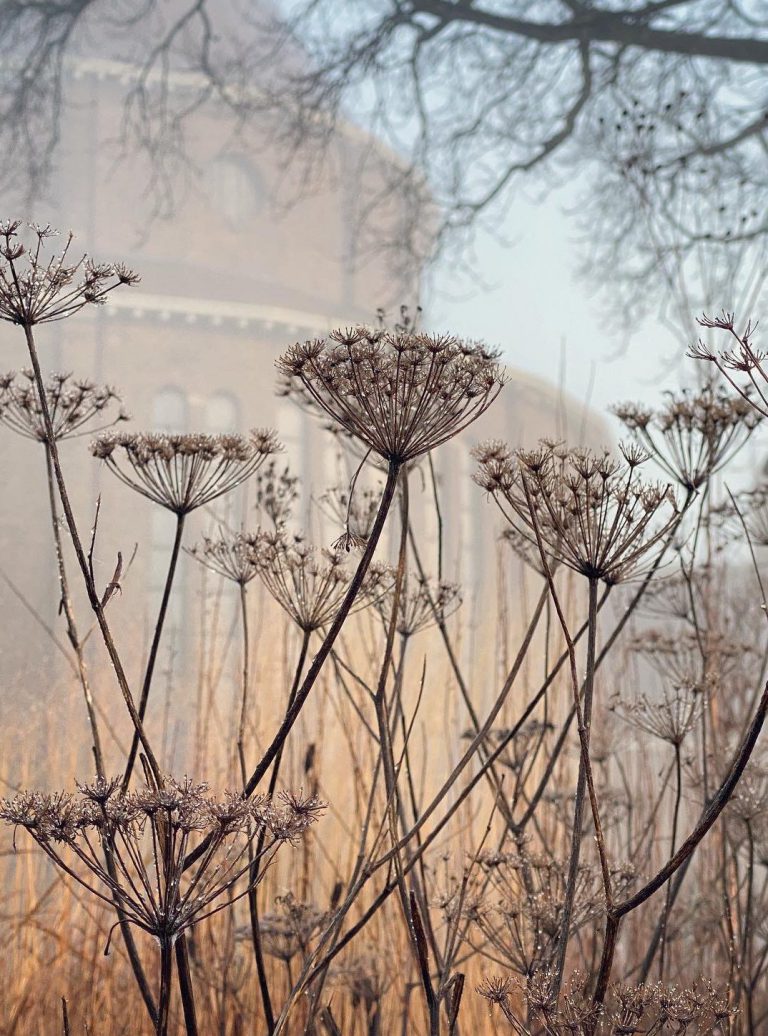



PART III: EXAMPLES
Integrating Native Species
In exemplifying the integration of native species and natural landscape, Mr. Boekel detailed how he and his team at De Bloeimeesters tackled a project on a sandy site in Arnhem. Instead of further developing the site by enriching the soil with nutrients, the team used plants adapted to dry, sandy soil. The planting featured a hybrid mix of native and non-native species. Native plants quickly colonized the sandy soil and provided vibrant color in the early years, while slower-growing perennials gradually took over, demonstrating ecological succession. Ultimately this design leveraged the power of a diverse planting scheme to optimize the sustainability of a site—it adapted to sandy conditions by using native plants to strengthen the soil, and mitigated lack of diversity by incorporating non-native species as well.


CONTEXTUALIZED LANDSCAPING
Prof. Nijhuis mentioned the nineteenth-urban extension of the city of Amsterdam as an example of landscape-based urban design, as the building blocks, parks and water systems are based on the historical peat landscape with its typical form, size, and orientation of the parcellation structure. This typical historical pattern was the result of a century-old trial and error process in which the first settlers found a balance in land occupation and efficient water management adapting themselves to the natural conditions of the landscape. Though the first designs of the urban extension did not follow this landscape logic, later plans adapted to the cultural landscape and followed the historical water structure to ensure efficient water management and provision of urban green spaces. To this day, urban tissue in Amsterdam is still connected to the original landscape as it was originally developed, which is ultimately beneficial to the city as a whole because of its unique spatial character, its attractive green spaces and its relation with the landscapes.
Conclusion
Considering the context of a landscape and incorporating native species are essential strategies for creating sustainable and resilient green spaces. As highlighted by experts Arjan Boekel and Prof. Steffen Nijhuis, urban green spaces not only enhance the aesthetic and functional quality of cities but also support biodiversity and improve human well-being. By finding a balance between mitigation and adaptation, landscape architects can develop designs that respect and integrate the original ecological and sociocultural contexts of a site. This approach ensures long-term sustainability by fostering ecological succession and accommodating native species, while also considering the benefits of non-native plants. The examples from Amsterdam and Arnhem illustrate the practical application of these principles, demonstrating how thoughtful landscape design can create vibrant, dynamic, and adaptive urban environments. Ultimately, by considering the integration of native species and prevailing landscapes, we can develop urban spaces that are not only beautiful and functional but also resilient to environmental changes and beneficial to both people and ecosystems.
